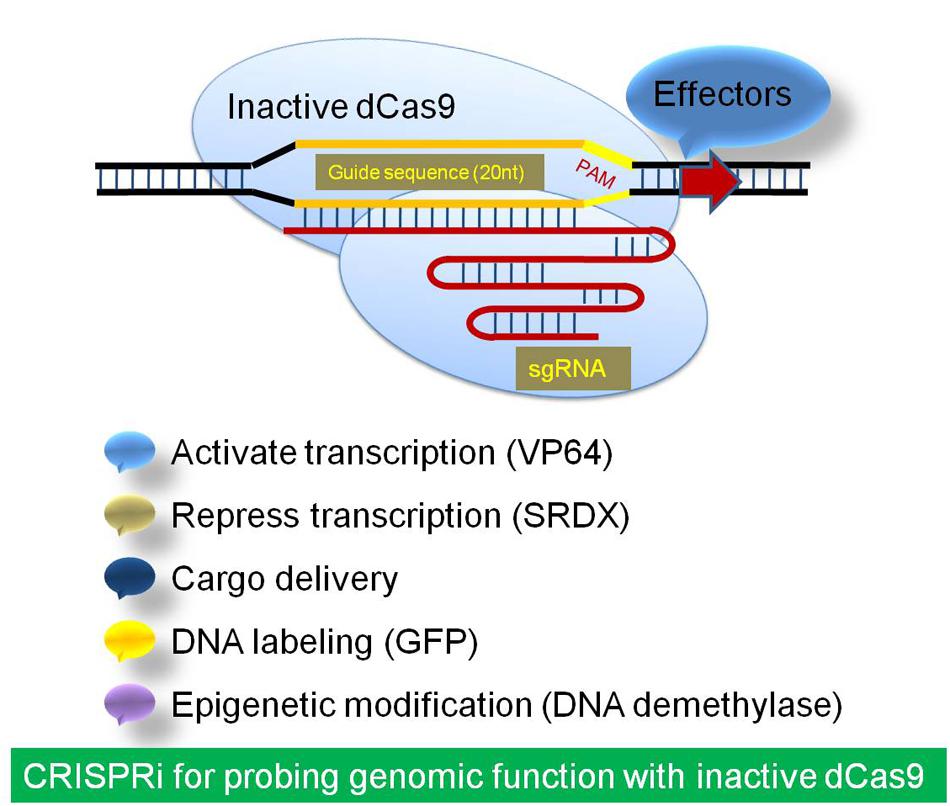

Connective auxin transport contributes to strigolactone-mediated shoot branching control independent of the transcription factor BRC1. Van Rongen, M., Bennett, T., Ticchiarelli, F. SMAX1-LIKE7 signals from the nucleus to regulate shoot development in Arabidopsis via partially EAR motif-independent mechanisms. Abscisic acid signaling is controlled by a BRANCHED1/HD-ZIP I cascade in Arabidopsis axillary buds. BRC1 expression regulates bud activation potential but is not necessary or sufficient for bud growth inhibition in Arabidopsis. Karrikins enhance light responses during germination and seedling development in Arabidopsis thaliana. At14a-Like1 participates in membrane-associated mechanisms promoting growth during drought in Arabidopsis thaliana. Genetic regulation of shoot architecture. Strigolactone can promote or inhibit shoot branching by triggering rapid depletion of the auxin efflux protein PIN1 from the plasma membrane. SMAX1/SMXL2 regulate root and root hair development downstream of KAI2-mediated signalling in Arabidopsis. StrigoQuant: a genetically encoded biosensor for quantifying strigolactone activity and specificity. Strigolactone promotes cytokinin degradation through transcriptional activation of CYTOKININ OXIDASE/DEHYDROGENASE 9 in rice. Largely additive effects of gibberellin and strigolactone on gene expression in Arabidopsis thaliana seedlings. A Selaginella moellendorffii ortholog of KARRIKIN INSENSITIVE2 functions in Arabidopsis development but cannot mediate responses to karrikins or strigolactones. Strigolactone hormones and their stereoisomers signal through two related receptor proteins to induce different physiological responses in Arabidopsis. The pea TCP transcription factor PsBRC1 acts downstream of strigolactones to control shoot branching. Feedback-regulation of strigolactone biosynthetic genes and strigolactone-regulated genes in Arabidopsis. IPA1 functions as a downstream transcription factor repressed by D53 in strigolactone signaling in rice. Probing strigolactone receptors in Striga hermonthica with fluorescence. Structure–function analysis identifies highly sensitive strigolactone receptors in Striga. Convergent evolution of strigolactone perception enabled host detection in parasitic plants. An histidine covalent receptor and butenolide complex mediates strigolactone perception. Strigolactone signaling in Arabidopsis regulates shoot development by targeting D53-like SMXL repressor proteins for ubiquitination and degradation. SMAX1-LIKE/D53 family members enable distinct MAX2-dependent responses to strigolactones and karrikins in Arabidopsis. D14–SCF D3-dependent degradation of D53 regulates strigolactone signalling. DWARF 53 acts as a repressor of strigolactone signalling in rice. Structural plasticity of D3–D14 ubiquitin ligase in strigolactone signalling. DWARF14 is a non-canonical hormone receptor for strigolactone. Strigolactones, a novel carotenoid-derived plant hormone. Inhibition of shoot branching by new terpenoid plant hormones. Strigolactone inhibition of shoot branching. These findings reveal an unanticipated mechanism through which a transcriptional repressor of hormone signalling can directly recognize DNA and regulate transcription in higher plants. We find that SMXL6 targets 729 genes in the Arabidopsis genome and represses the transcription of SMXL6, SMXL7 and SMXL8 by binding directly to their promoters, showing that SMXL6 serves as an autoregulated transcription factor to maintain the homeostasis of strigolactone signalling. Here we use a synthetic strigolactone to identify 401 strigolactone-responsive genes in Arabidopsis, and show that these plant hormones regulate shoot branching, leaf shape and anthocyanin accumulation mainly through transcriptional activation of the BRANCHED 1, TCP DOMAIN PROTEIN 1 and PRODUCTION OF ANTHOCYANIN PIGMENT 1 genes. However, whether and how strigolactones activate downstream transcription remains largely unknown. In Arabidopsis thaliana and rice, the proteins DWARF14 (D14), MORE AXILLARY GROWTH 2 (MAX2), SUPPRESSOR OF MAX2-LIKE 6, 7 and 8 (SMXL6, SMXL7 and SMXL8) and their orthologues form a complex upon strigolactone perception and play a central part in strigolactone signalling 5, 6, 7, 8, 9, 10. Plant hormones known as strigolactones control plant development and interactions between host plants and symbiotic fungi or parasitic weeds 1, 2, 3, 4.


 0 kommentar(er)
0 kommentar(er)
